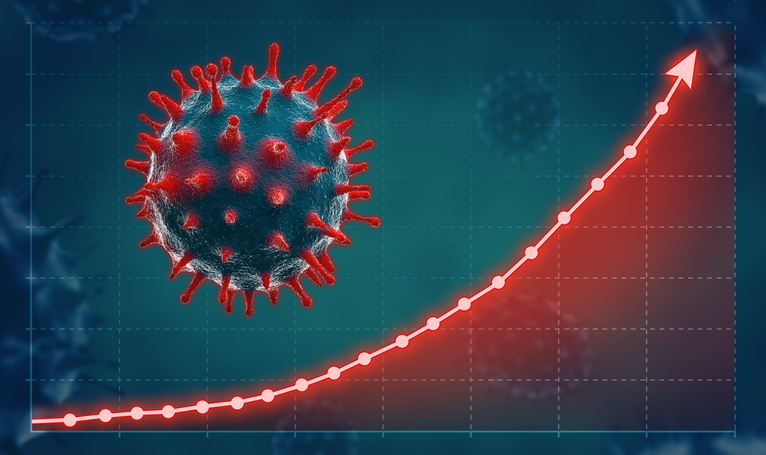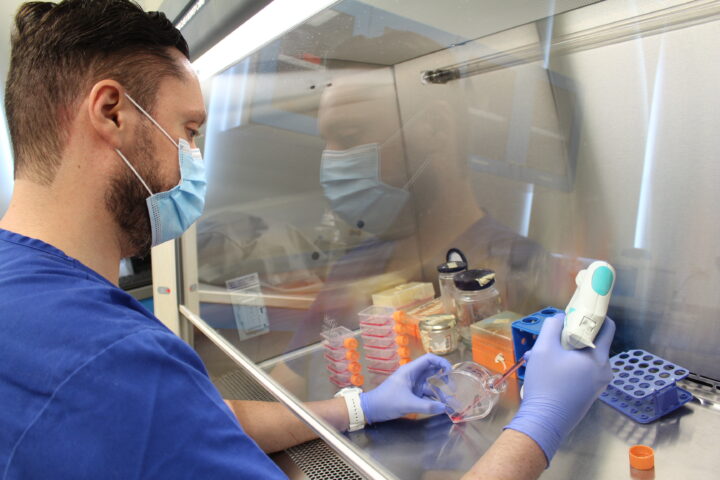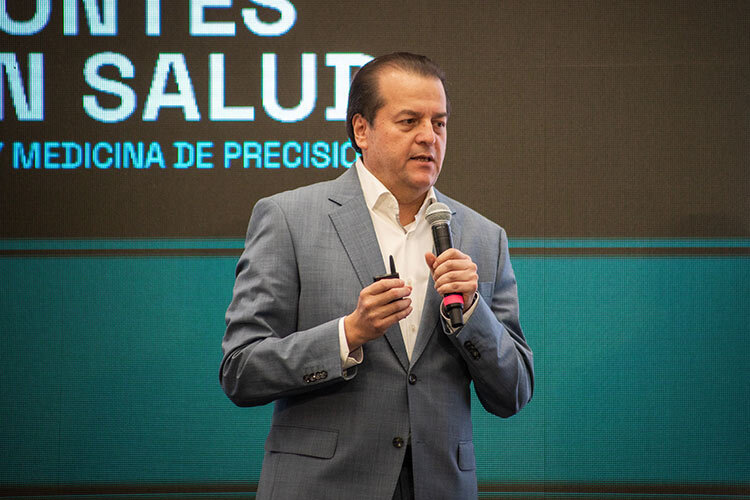Winter is approaching and COVID-19 infections are increasing. Specialists in several countries recommend getting vaccinated again. However, this is not about immunizing ourselves with a booster but with an update of the formula.
Countries in the northern hemisphere such as the United States, China, France, and the United Kingdom are getting ready to vaccinate their populations again, although in some cases only for the elderly or people with chronic diseases.
Gloria Aguirre, an infectious disease specialist at the TecSalud Epidemiological Surveillance Unit, points out that it is necessary for all people over six months of age, with or without previous illnesses, to be vaccinated.
“More than a booster, it is considered a new vaccine, because it is not one of the previous ones but an updated one. It is called the XBB monovalent vaccine, which acts against a subvariant of Omicron.”
Both Moderna and Pfizer developed a new vaccine that has already proven to be effective against the new variant of SARS-CoV-2 that is now infecting the population in the United States.
“The recommendation would be that, if we have access to the updated vaccine, it would good idea to apply it, because most of us haven’t had doses for more than a year,” explains Aguirre.
For the specialist, it is evident that the vaccine against COVID-19 will be modified, most likely once a year based on the strains that are circulating.
When will COVID-19 booster shots be applied in Mexico?
In Mexico, for example, there was a slight upturn in cases during the summer, which did not raise the alarm for the authorities. This happened between June and July, when confirmed cases increased by 10.8%.
However, the Ministry of Health (SSA in Spanish) reported that they will be applying booster shots for the winter season, firstly among the elderly population and those with chronic diseases such as diabetes or cancer. These shots will be the Russian vaccine Sputnik and the Abdala vaccine developed in Cuba.
The problem for Dr. Aguirre is that there is no scientific evidence of these vaccines being effective against the new strain of COVID, so it cannot be predicted whether they will work or not.
“There are no studies. They may provide some protection, which is perhaps not optimal. It’s what’s available in our country. If there’s no access to any other vaccines except these (Sputnik and Abdala) and we haven’t had a shot of the vaccine for more than a year, it’s better than nothing,” explains Aguirre.
How is the new vaccine formulation determined?
Regarding the new FLiRT strains, whose variant KP.2 has had a breakthrough in the United States this May 2024, going from 20.5% of infections to 28.5% in just one week, Andy Pekosz, professor of Microbiology and Molecular Immunology at Johns Hopkins explains how the formulation of Covid-19 vaccines is generated, in a note published on the University website.
“It’s during this time (between May and June) that governing bodies such as the World Health Organization (WHO) and the United States Food and Drug Administration (FDA) recommend an updated formulation for Covid-19 vaccines, which are launched in early autumn because winter is when the cases rebound,” says Pekosz.
“At the end of April, the WHO announced that their Covid vaccine advisory group advises using the JN.1 lineage as the antigen for the upcoming formulations of the vaccine. All of these FLiRT variants are within the JN.1 family of variants”, he added.
“Here in the US, the FDA has postponed its meeting to determine the fall 2024 Covid vaccine from mid-May to early June. That gives them more time to see which of the FLiRT variants is becoming the dominant one so they can fine-tune the WHO recommendation to what they anticipate will be most prominent in the fall”, Pekosz mentioned.
The academic pointed out that being a virus that continues to mutate, sometimes these new variants exceed the decisions of international health bodies. For example, he said that “last year (2023), vaccines were based on the variant XBB.1.5 and, only a few months later, the variant JN.1 became the most dominant in the US”.
So, “It is likely that new variants of Covid-19 will emerge after a decision is made, as happened last summer, but the aim is still to select a formulation that, when autumn arrives, is as close as possible to circulating variants“, he ended.


















